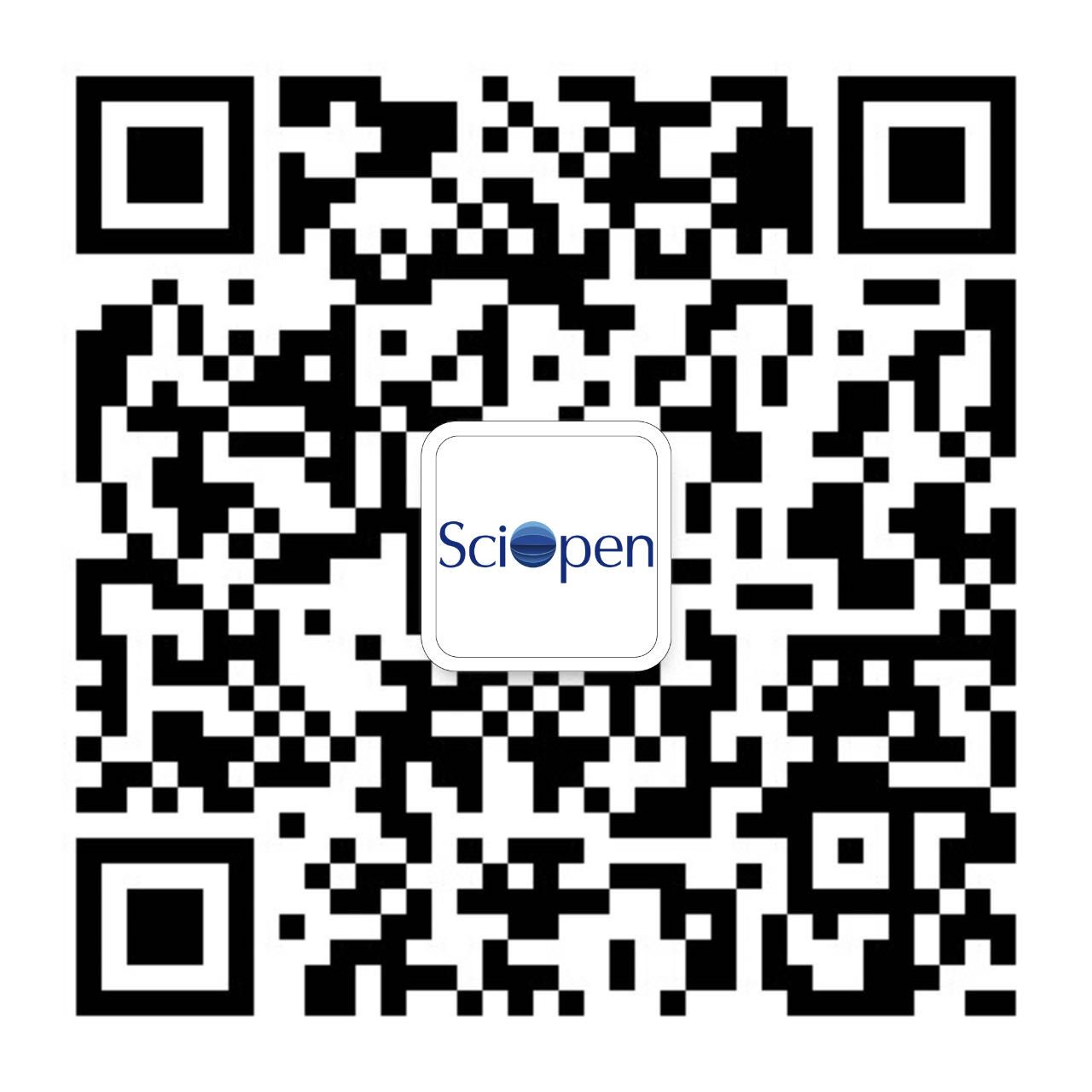Silicon carbide (SiC) ceramics are extensively utilized in aerospace, national defense, and petrochemical industries due to their superior physical and chemical properties. The processing of bulk SiC ceramics necessitates precise and efficient grinding techniques to produce components with satisfactory functionality. However, the inherent high hardness and brittleness of SiC ceramics present significant challenges during grinding, leading to severe brittle fracture and tool wear that compromise both surface integrity and production efficiency. Although ductile-regime grinding of SiC ceramics can be achieved by enhancing machine tool accuracy and stiffness while optimizing wheel performance alongside appropriate selection of process parameters, a comprehensive summary of the mechanisms underlying damage evolution during grinding is lacking, and a mature grinding process for SiC ceramics has yet to be developed. To bridge this gap, the sintering technologies, mechanical properties, and microstructures of SiC ceramics were briefly covered. The grinding-induced damage mechanism and low-damage grinding technologies of SiC ceramics were summarized. The fundamental science underlying the ductile deformation and removal mechanisms of brittle solids was emphasized. Additionally, attention was directed towards the critical role of hybrid energy field grinding in minimizing brittle damages and promoting removal efficiency. This review not only elucidates the intrinsic interactions between the work material and abrasives, but also offers valuable insights for optimizing the grinding processes of brittle solids.
 Open Access
Topical Review
Issue
Open Access
Topical Review
Issue
 Open Access
Topical Review
Issue
Open Access
Topical Review
Issue
Micro diamond tools are indispensable for the efficient machining of microstructured surfaces. The precision in tool manufacturing and cutting performance directly determines the processing quality of components. The manufacturing of high-quality micro diamond tools relies on scientific design methods and appropriate processing techniques. However, there is currently a lack of systematic review on the design and manufacturing methods of micro diamond tools in academia. This study systematically summarizes and analyzes modern manufacturing methods for micro diamond tools, as well as the impact of tool waviness, sharpness, and durability on machining quality. Subsequently, a design method is proposed based on the theory of cutting edge strength distribution to enhance tool waviness, sharpness, and durability. Finally, this paper presents current technical challenges faced by micro diamond tools along with potential future solutions to guide scientists in this field. The aim of this review is to contribute to the further development of the current design and manufacturing processes for micro diamond cutting tools.
 Open Access
Paper
Issue
Open Access
Paper
Issue
Elucidating the complex interactions between the work material and abrasives during grinding of gallium nitride (GaN) single crystals is an active and challenging research area. In this study, molecular dynamics simulations were performed on double-grits interacted grinding of GaN crystals; and the grinding force, coefficient of friction, stress distribution, plastic damage behaviors, and abrasive damage were systematically investigated. The results demonstrated that the interacted distance in both radial and transverse directions achieved better grinding quality than that in only one direction. The grinding force, grinding induced stress, subsurface damage depth, and abrasive wear increase as the transverse interacted distance increases. However, there was no clear correlation between the interaction distance and the number of atoms in the phase transition and dislocation length. Appropriate interacted distances between abrasives can decrease grinding force, coefficient of friction, grinding induced stress, subsurface damage depth, and abrasive wear during the grinding process. The results of grinding tests combined with cross-sectional transmission electron micrographs validated the simulated damage results, i.e. amorphous atoms, high-pressure phase transition, dislocations, stacking faults, and lattice distortions. The results of this study will deepen our understanding of damage accumulation and material removal resulting from coupling between abrasives during grinding and can be used to develop a feasible approach to the wheel design of ordered abrasives.
 Open Access
Research Article
Issue
Open Access
Research Article
Issue
The bundle structure formed perpendicular to the scratching direction is a type of wear-induced structure for thermoplastics. In this study, the formation mechanism of bundle structures on polycarbonate (PC) surfaces is investigated by reciprocal scratching experiments. Based on the analysis of the morphologies, friction forces, and height signals, the formation of the bundle structure is reproduced. The influence of scratching parameters, including the feed value and scratching direction, on the formation of the bundle structure is also studied. It is found that the bundle structure is accumulated by the continuous stacking of the sample materials plowed by the tip in stick–slip motion, and that the stick–slip behavior is enhanced with increased scratching times. This work reproduces the formation process of bundle structure in experiments for the first time and demonstrates that the stick–slip enhancement mechanism exists in the reciprocal scratching process, providing further insight into the friction behavior of polymers.







 京公网安备11010802044758号
京公网安备11010802044758号